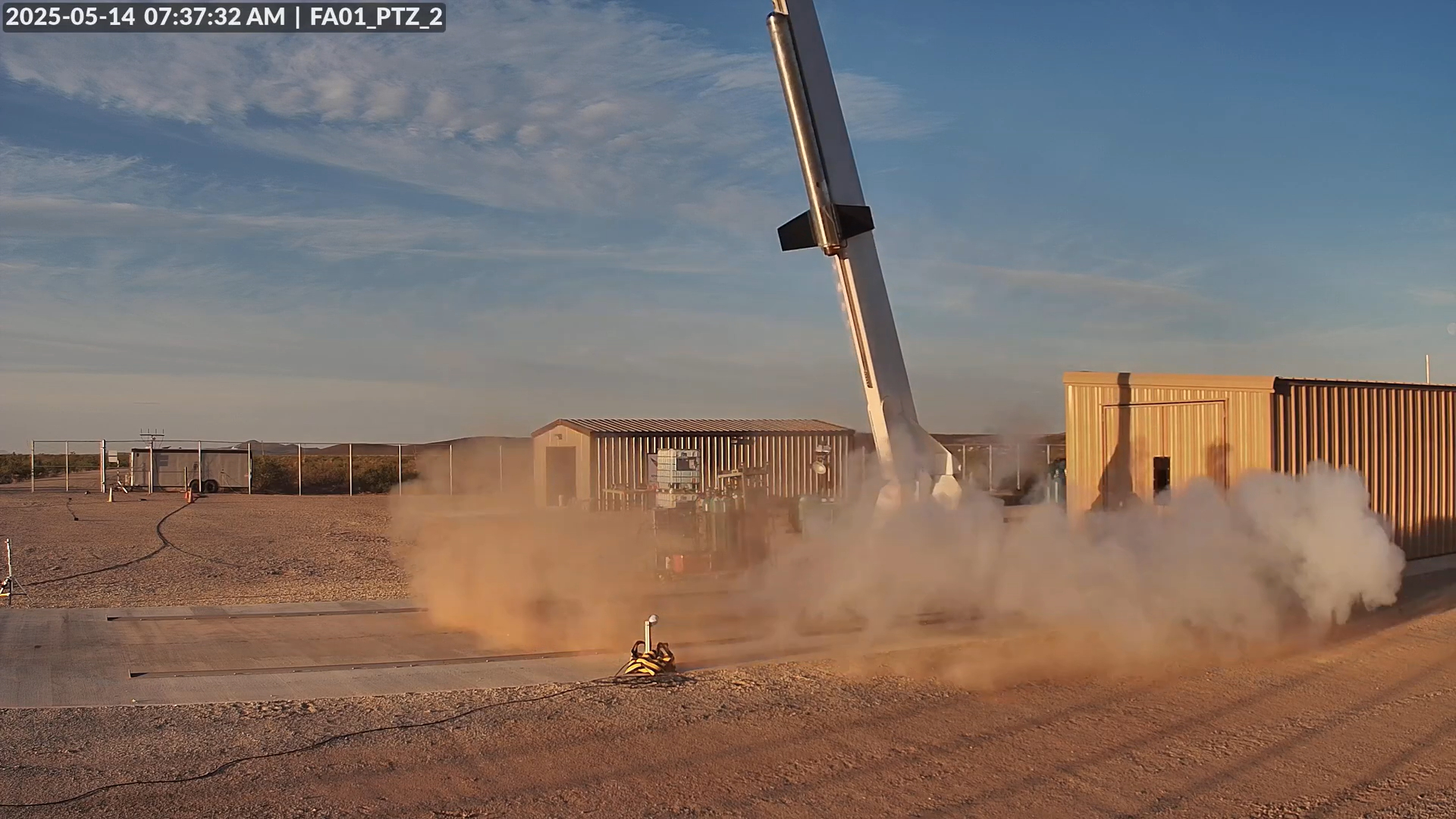After spending the weekend studying a meteorite on Mars, NASA's rover Opportunity headed to yet another space rock — the sixth it has discovered on the Red Planet, SPACE.com has learned.
Opportunity poked and prodded meteorite No. 5 on Saturday (Sept. 25) and Sunday to get up close and personal with the Martian rock. It had spotted the dark, toaster-sized rock at the end of a drive on Sept. 16, and scientists immediately suspected it was an iron meteorite after seeing the rover's photos. [New picture of the meteorite.]
The rock has a dark color and rounded texture, and it's perched on the Martian surface much like a meteorite would be, rover scientists said.
Today (Sept. 27), the rover wrapped up its study and hit the road again on its trek toward a large crater.
But first, it will swing by meteorite No. 6, which scientists just noticed when Opportunity was checking out the earlier one, rover project scientist Bruce Banerdt, of NASA's Jet Propulsion Laboratory in Pasadena, Calif., told SPACE.com today.
This one also looks to be an iron meteorite, and it's about 132 feet (40 meters) away, rover scientists said. Opportunity will take some photos, but it won't linger long.
Martian meteorite up close
For now, scientists will sift through the data and images of the fifth meteorite, which has been given the informal name "Oilean Ruaidh" (pronounced ay-lan ruah) — a Gaelic name of an island off the coast of northwestern Ireland.
Get the Space.com Newsletter
Breaking space news, the latest updates on rocket launches, skywatching events and more!
Opportunity drove up to take a close look at the meteorite on Sept. 22 and spent the weekend using a camera and spectrometer at the tip of its robotic arm to study the object.
"It's definitely an iron meteorite," Banerdt said.
Oilean Ruaidh is the fifth iron meteorite the rover has found since it began exploring the Meridiani Planum region of Mars in 2004. Opportunity stopped to analyze three of the other four, so there was some debate within the team about whether it should take the time to inspect this one, too, Banerdt told SPACE.com.
But in the end, the researchers decided it was worth it.
Meteorites on Mars
Oilean Ruaidh and meteorite No. 6 are within about 5.5 miles (9 km) of the other four meteorites Opportunity has discovered, Banerdt said.
The team is interested in knowing if they have a similar composition, and if they're all pieces of what was once a much larger rock.
Such information could help scientists better understand Mars' history of space-rock bombardment, and it could help them learn more about the Red Planet's atmosphere, Banerdt said.
Opportunity has now driven more than 14.5 miles (23.3 km) on Mars, according to NASA officials. The drive to Oilean Ruaidh took the total combined distance driven by Opportunity and its twin, Spirit, to more than 19.26 miles (31 km).
Opportunity and Spirit both landed on Mars in January 2004. Their mission was initially slated to last only about three months, but both far surpassed that lifetime.
Last year, Spirit got bogged down in soft sand for good and, in January of this year, rover mission managers rechristened the robot as a stationary probe. Spirit stopped communicating with Earth in spring of this year, though scientists are hoping to hear from it soon, NASA officials have said.
Opportunity, though, is still going strong and headed to a huge crater called Endeavour, which will be the largest Mars crater yet visited by a NASA rover.
Join our Space Forums to keep talking space on the latest missions, night sky and more! And if you have a news tip, correction or comment, let us know at: community@space.com.

Michael Wall is a Senior Space Writer with Space.com and joined the team in 2010. He primarily covers exoplanets, spaceflight and military space, but has been known to dabble in the space art beat. His book about the search for alien life, "Out There," was published on Nov. 13, 2018. Before becoming a science writer, Michael worked as a herpetologist and wildlife biologist. He has a Ph.D. in evolutionary biology from the University of Sydney, Australia, a bachelor's degree from the University of Arizona, and a graduate certificate in science writing from the University of California, Santa Cruz. To find out what his latest project is, you can follow Michael on Twitter.
